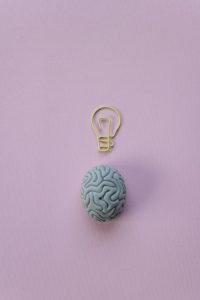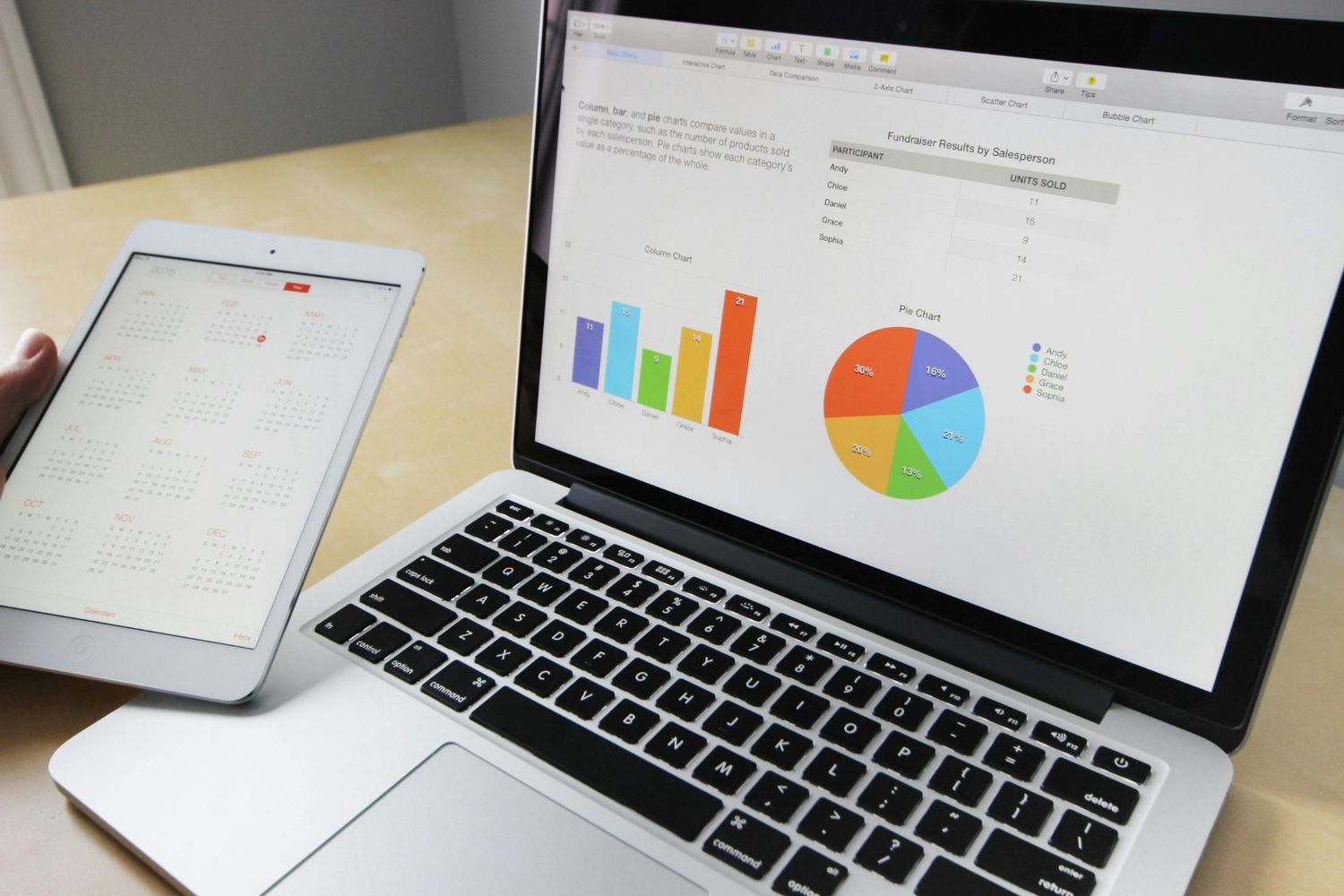In today’s competitive advertising landscape, marketers are constantly seeking innovative ways to capture consumer attention and drive engagement. One emerging strategy is the use of neuromarketing—a scientific approach that examines how the brain responds to marketing stimuli. By understanding the subconscious drivers of consumer behavior, marketers can design more effective promotional advertisements that resonate deeply with their audience.
This blog explores how neuromarketing principles can revolutionize promotional advertising. From tapping into emotional triggers to leveraging sensory cues, we’ll uncover actionable insights for creating campaigns that leave a lasting impact.
 What is Neuromarketing?
What is Neuromarketing?
Neuromarketing combines neuroscience with marketing to understand how consumers’ brains react to advertisements, branding, and product designs. Using tools like EEG (electroencephalography), fMRI (functional magnetic resonance imaging), and eye-tracking technology, neuromarketing delves into subconscious responses, such as emotions, attention, and memory retention.
For promotional advertisements, neuromarketing can help marketers:
Identify what visuals, words, and sounds trigger positive responses.
Understand how consumers perceive value and urgency in promotions.
Optimize ad placement and design for maximum impact.
The Science Behind Neuromarketing in Promotional Advertisement
Neuromarketing relies on the brain’s emotional and cognitive processes to determine what makes a promotional ad successful. Key concepts include:
1. Emotional Triggers
Emotions play a critical role in decision-making. Neuromarketing research shows that ads evoking strong emotions—whether joy, excitement, or even fear—are more likely to be remembered and acted upon.
Example: A promotional ad offering “limited-time discounts” with imagery of a ticking clock creates a sense of urgency and fear of missing out (FOMO), compelling consumers to act quickly.
2. Visual Cues
Humans process visuals faster than text, making images and videos powerful tools in promotional ads. Neuromarketing insights reveal that:
Bright colors grab attention but must align with brand identity.
Symmetry and simplicity in design reduce cognitive load, making the message easier to absorb.
Pro Tip: Use eye-tracking studies to determine the best placement of key promotional elements like discount percentages or call-to-action buttons.
3. Memory Retention
Repetition strengthens memory retention. By repeatedly exposing consumers to a promotional ad over a short period, brands can increase recall rates and influence purchasing decisions.
Neuromarketing Applications in Promotional Advertisements
1. Crafting Emotion-Driven Campaigns
Promotional ads that tap into specific emotions create a stronger connection with consumers. For example:
Excitement: Use bold visuals and action-oriented language like “Hurry, Sale Ends Today!”
Nostalgia: Evoke fond memories by tying promotions to familiar themes, such as holidays or retro designs.
2. Optimizing Ad Design with Eye-Tracking
Eye-tracking technology can reveal how consumers interact with promotional ads, helping marketers:
Determine the best placement for CTAs (call-to-actions).
Identify design elements that distract from the main message.
Optimize the visual hierarchy for clarity and engagement.
3. Using A/B Testing for Validation
Neuromarketing insights combined with A/B testing allow marketers to test different versions of promotional ads. By analyzing which version garners better engagement and conversions, brands can refine their strategies.
 Best Practices for Incorporating Neuromarketing into Promotional Advertisement
Best Practices for Incorporating Neuromarketing into Promotional Advertisement
1. Understand Your Audience’s Emotional Triggers
Research your target audience’s preferences and pain points. Tailor promotional ads to evoke emotions that align with their values and desires.
2. Keep the Design Simple and Direct
Overly complicated ads can overwhelm the audience. Use clear visuals, concise messaging, and strategic placement of promotional elements.
3. Test and Iterate
Use neuromarketing tools to test consumer responses to various ad designs and adjust based on data-driven insights.
4. Leverage Sensory Marketing
Integrate sensory elements like sound or touch (if applicable) to enhance engagement. For example, QR codes on physical promotional
materials can create an interactive experience.
Challenges and Ethical Considerations
While neuromarketing offers powerful insights, marketers must approach it ethically:
Avoid manipulating consumers or creating undue pressure to act.
Respect consumer privacy when collecting and analyzing data.
Ensure transparency in how neuromarketing insights are applied.






